The U.S. Department of Defense has awarded a $23.5m contract to MSI Defence Systems US LLC, based in Rock Hill, South Carolina.
This firm-fixed-price contract is for the procurement of 15 MK88 MOD4 Gun Mounts, inclusive of associated hardware and spares.
Per the details provided, “Work will be performed in the United Kingdom (90%) and Rock Hill, South Carolina (10%) and is expected to be completed by March 2025.”
The funding for this project comes from various allocations. Specifically, “Fiscal 2023 weapons procurement (Navy) funds in the amount of $11,621,453 (50%); fiscal 2023 shipbuilding and conversion (Navy) funds in the amount of $8,991,450 (38%); and fiscal 2023 weapons procurement (Coast Guard) funds in the amount of $2,850,246 (12%), will be obligated at the time of award.” These funds will remain available for the entirety of the current fiscal year.
It’s important to note that “This contract was not competitively procured in accordance with 10 U.S. Code 3204(a)(1), (only one responsible source and no other supplies or services will satisfy agency requirements.)” The contracting activity will be managed by the Naval Surface Warfare Center Indian Head Division in Indian Head, Maryland.


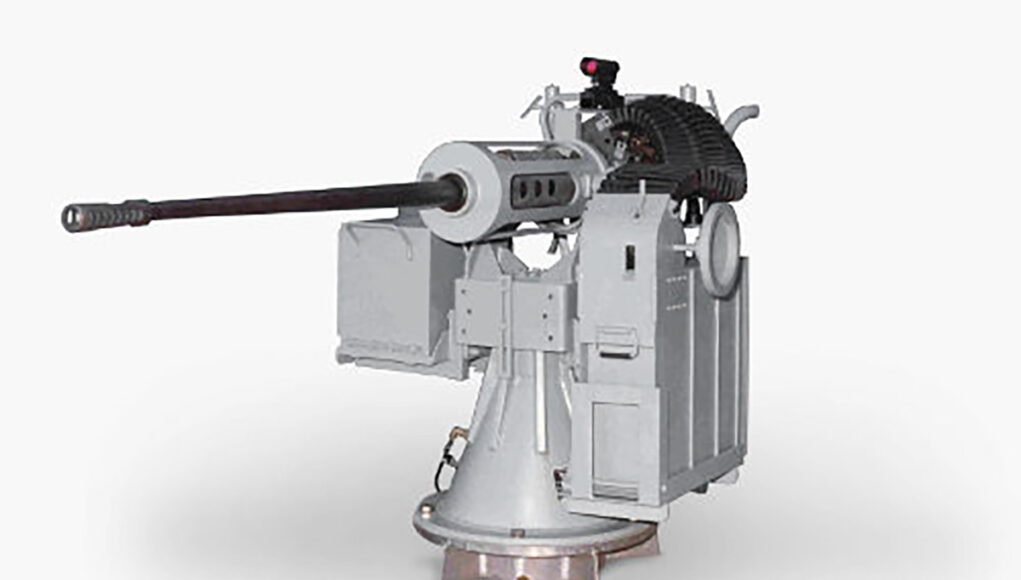



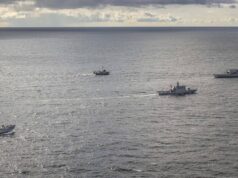


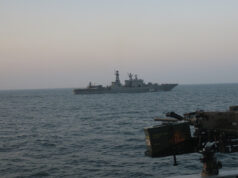
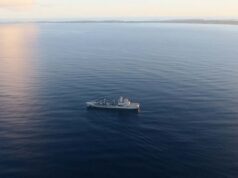
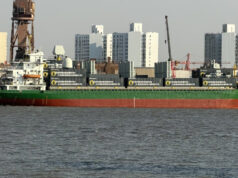
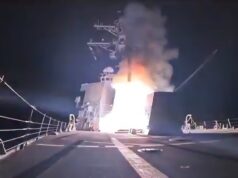

Interesting additional US purchase of their equivalent to the DS30m gun mount in UK RN service. The company website does have an armoured vehicle version of the mount that has counter UAV, UGV and potentially anti helicopter capabilities. I guess if coupled with a land ceptor radar and control type system these systems could operate in batteries as air defence gun mounts- something that key UK land bases, airfields and naval bases could really benefit from.
That concept sounds similar to the Australian Slinger system that’s to be supplied to Ukraine by years end for anti drone defence.
Except the Slinger system can also work on its own. It has both radar & EOS built in, as well as being able to network into something like the NG system you are referring to.
A combo of missiles and traditional bullets does seem a wise move. It was rumoured that a lot of Russia issues came down to their reluctance to use their limited missile stock against lower value targets like small drones, something im sure would also impact the UK forces in a sustained fight due to no doubt limited number of missiles brought and them being shared among the 3 services.
depends on what the target the missiles are defending is. Planes and helicopters or a military HQ is fine . A small concentration of troops or a few trucks , maybe not
Its said Ukraine is losing 10,000 light drones per month , so something is shooting them down or just accidents
10k is a big number, I wonder if that includes tiny drones that you can buy in shops, at which point accidents/ personal arms fire might be the main reason.
All sizes apparently
EW.
Jam the up/down link or GPS and they land themselves.
On the russian side !
That really says how much drones have changed the battlefield, but also that they are the ultimate in disposable/attrition asset and future wars are going to go through tones of the little buggers.
I heard 40% accident and heavy électromagnétique attacks, but there is surely something else.
I bet on the 40mm CTA. It has more range.
It’s coming from USN and USCG budgets. I would assume this is typical 30mm gun systems to naval service. Same as the RN uses.
Yes this is to all intents and purposes the ASCG that is used on RB2, Type 23 etc.
USN and USCG decided that the Rafael Typhoon based 25mm RWS was not sufficient so have gone for MSI’s offering..confusingly it doesn’ have a new type designation but uses the same as the Typhoon but is the Mk.4..
And the picture in this article is for some reason an upgraded Oerlikon 20mm…
The bofors 40 pompom is replaced by the 40 mm CTA.
Actually the 40mm pom-pom was a different UK designed system. The Swedish 40mm Bofors was way better. It’s why a version of the Bofors still exists over 70 years later. The problem with the 40mm CTA is cost & complexity of manufacture of the rounds. Something Ukraine is showing is not the smartest of ideas. One of the few pieces of military hardware Ukraine is likely to not want is 40mm CTA. They could go through the worlds supply of ammo in a week or so.
The Pom-pom, used a much shorter cartridge than the Bofor’s, which was why it was outranged. The Bofor’s also had a faster cyclic rate of fire per gun. So a twin mount could match a Pom-pom quad for the amount of lead it pump down range.
The biggest issue for the CTAS40 is the lack of export orders, which drives the costs. If the RN had opted for the CTAS instead of the Bofor’s on the T31s, the cost per round might have been cheaper. But also if the RN had looked at replacing some of the 30mm mounts on the Rivers and Minesweepers with the CTAS, this would also have greatly help keep the costs down.
I am not sure that the ammunition is that complicated to produce. It will have an additional process step after partially filling the case with propellent, then placing the shell in the case’s centre, adding more propellent around the shell and finishing off with an environmentally sealed cap. These process step can easily be automated, as per a standard shell build.
I did had a few alert on the cost of the round. What I don’t know is if it is possible to fix this issue? (Amount of engineering, money) Otherways we will be in some trouble for the 40mm and the 140mm caliber. The concept is promising on paper.
I’m not putting down the utility of a 30mm AA gun, but in reality they’re of limited use to us. Except for maybe the Middle Eastern bases, you’d never get approval to fire off rounds into the air around any of our bases unless there was a full-on shooting war.
Its part of why lasers are so desirable for anti-drone work; there’s no worrying about where the lead is going to fall. Better off to spend the budget on that
It depends on the shells being fired. Most shells fired by anti-aircraft artillery in the 30mm class such as the twin 30mm Oerlikons on the Gepard SPAAG, use time-programmed fuzing. Which is where the weapon system computer uses data from a tracking radar to predict where the target will be in X seconds and computes an intercept point. It then aims and fires the gun towards the intercept point, as the shell travels down the barrel, a magnetic programmer either near the breech or on the end of the barrel programs the time-delay fuze. When the timer reaches X seconds, the fuze activates and explodes the shell.
Larger shells in the 40mm class can have multi-programmable fuzes, but some also come with a proximity fuze. If the proximity fuze does not detonate, there is normally a time-delay back up which will then detonate the shell.
Oh cool my gaming monitor is made by them
Not sure the image in this article is right. Looks more like the original 25mm Mk88 Mod0/Mod1 rather than the 30mm MSI DS30M based Mod4?
The one in the picture is mandraulically powered and does not have any external targeting equipment.
Its a manually aimed 25mm chain gun, similar in concept to the RN 20mm GAM B01.
The USCG used them a lot on their cutters, and they get added to ABs midships as an extra dhow basher.
The powered version with built in EOS and remote control also has a 7.62 chain gun on mount. This is the Mk38 Mod 2 /Mod 3
Mk-38 machine gun system mgs Model Mod. 1 2 25 mm (seaforces.org)
The Mk88 Mod 4 in the text that MSI will provide is similar to the RN DS 30 with an external EOS and an option for a 50 cal on mount.
Put one on the archers
Archers could take a 20mm GAM B01 on the focsle if required. However sticking some 50 cal /7.62 on pintles would be as effective
Depends on the effect you are looking for. Sometimes the bang means more, especially against non military targets.
What is the role of these, stopping small boats/remotely controlled attack boats? They don’t look configured to stop AShMs although I remember a hoo-ha about how the carriers weren’t fitted with enough of them which seemed to reference point-defence against missiles.